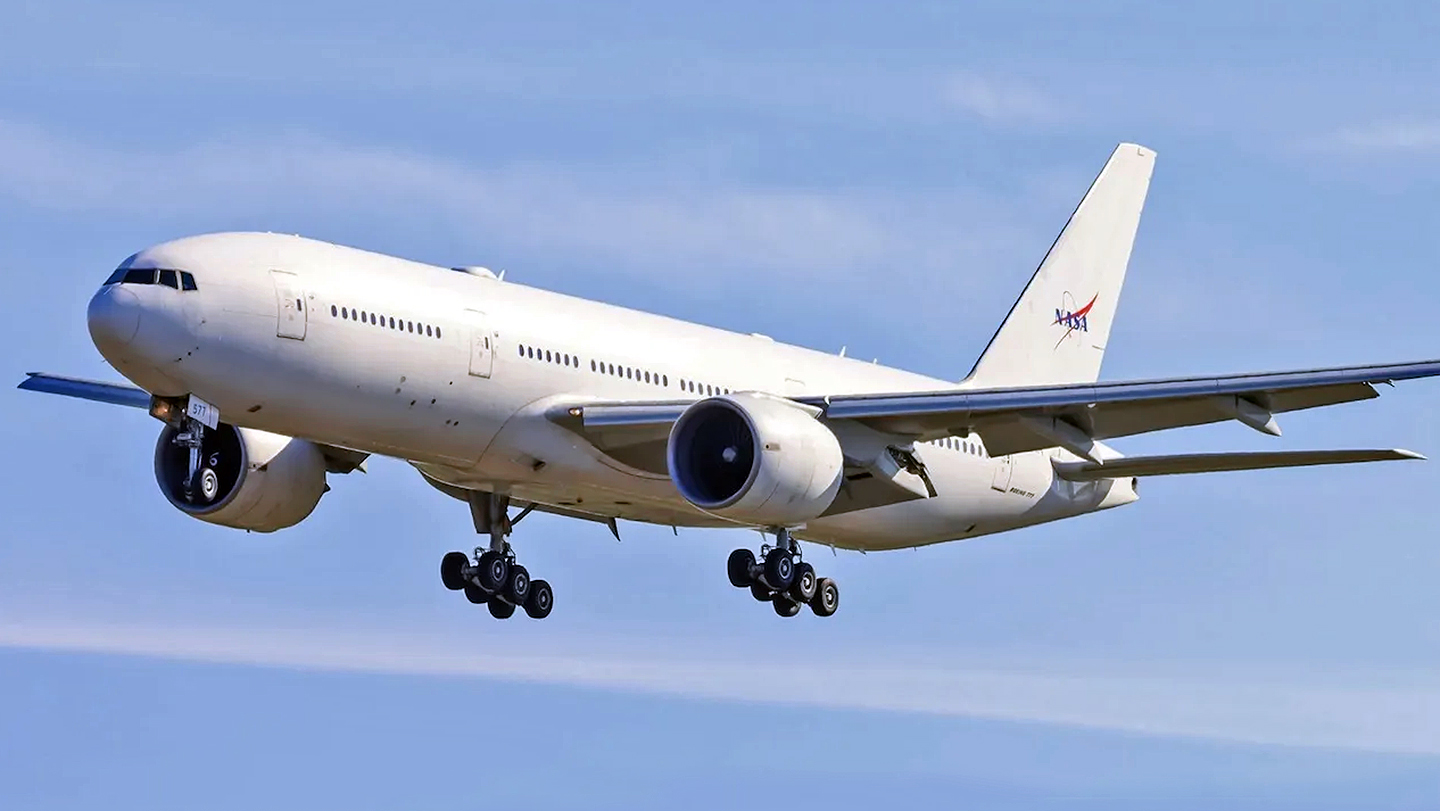NASA’s new flying laboratory, an ex-commercial Boeing 777 airliner, has arrived in Waco, Texas, for modifications ahead of its entry into service. The aircraft will replace the agency’s now-retired Douglas DC-8, a venerable aircraft that made its final flight in May of last year, as you can read about here.
Aviation photographer @SR_Planespotter shared photos of the 777’s arrival at Waco on January 13. The aircraft is there to undergo what NASA describes as structural modifications. These will almost certainly be carried out by L3Harris Technologies, a well-established aircraft systems integrator, working with military and commercial platforms.

As well as needing to replace the DC-8 specifically, the need for the new flying laboratory was identified more generally in a 2021 report from the National Academies of Science, Engineering, and Medicine (NASEM). It highlighted “the need to maintain and improve upon the capability to carry a variety of remote sensing and gas sampling instruments in order to answer some of the most challenging questions in Earth science.”
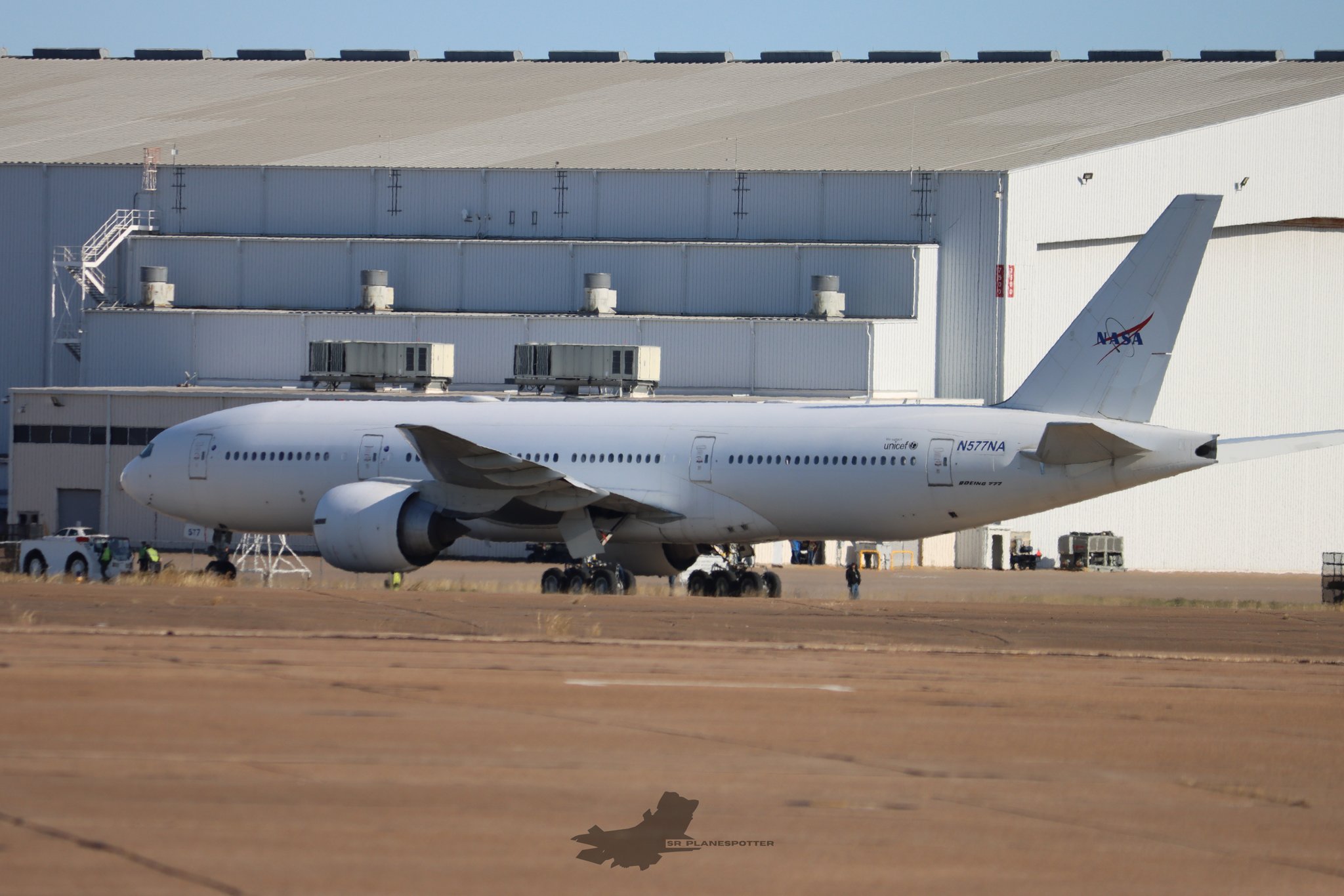
Manufactured in 2003, the NASA 777-200ER was previously operated by Japan Airlines, or JAL as JA704J before going into storage at Southern California Logistics Airport in Victorville, where it arrived in May 2020.
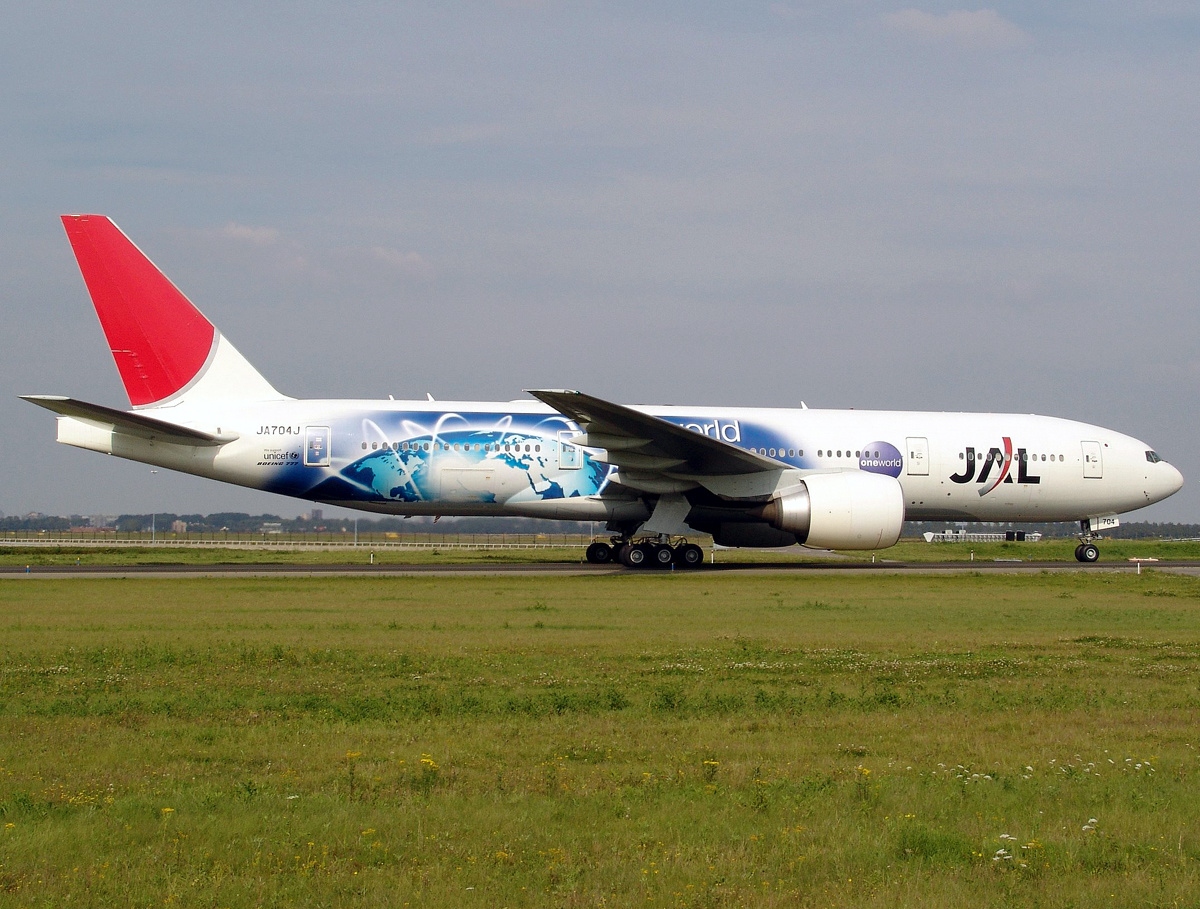
In December 2022, the aircraft was acquired by NASA, at a cost of less than $30 million, based on the agency’s Fiscal Year 2023 budget documents.
The same month, the aircraft received the U.S. registration N774LG and was flown out of the storage facility to Langley Air Force Base, Virginia, where it underwent a previous series of modifications at the NASA Langley Research Center.
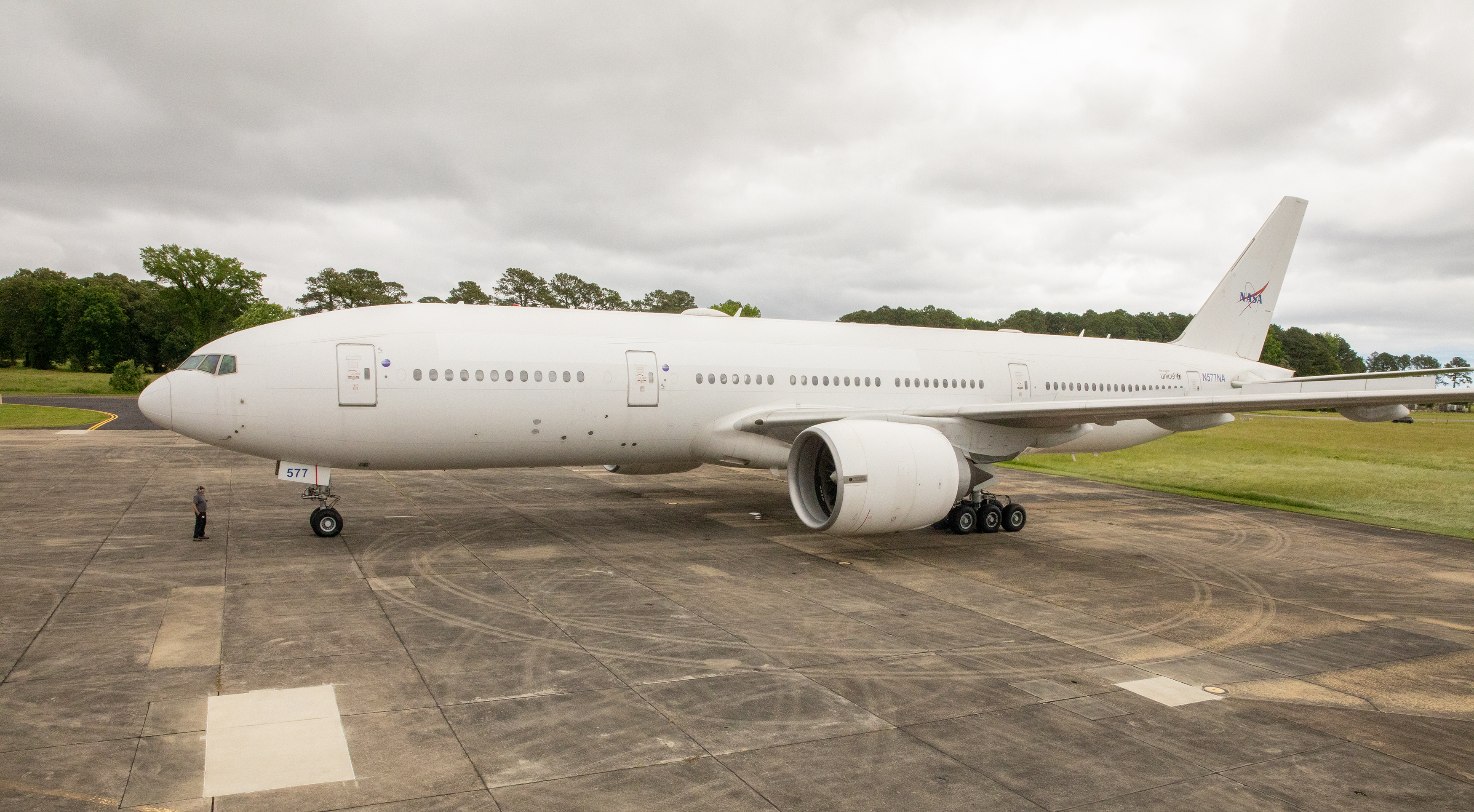
The 777 will fly a similar range of research missions as its predecessor, the 1969-vintage DC-8, another ex-commercial airframe that entered NASA service in 1987. Broadly speaking, these missions are divided into four categories: sensor development, satellite sensor verification, telemetry data retrieval and optical tracking for space vehicle launch and re-entry, and research studies of the Earth’s surface and atmosphere.
The sensor testbed mission involves verifying prototype instruments, including those that will be carried aboard satellites, ensuring that they work within the Earth’s atmosphere before going into space. Meanwhile, sensors already in use aboard satellites are verified, checking that they are properly calibrated. This kind of mission involves the aircraft flying under the satellite’s path, using its own instruments to replicate the data collected by the satellite. The two data sets are then compared for error.

Telemetry data retrieval sees the aircraft use a tracking antenna — this was fitted in the DC-8’s nose — to receive launch vehicle telemetry data, which might be in support of NASA’s own space missions or for Missile Defense Agency programs, for example. Optical tracking systems are meanwhile used to monitor spacecraft re-entering the Earth’s atmosphere.
Finally, Earth sciences missions include using sensors aboard the aircraft to monitor all kinds of activities and phenomena on the surface of the globe, including studying polar ice fields and monitoring wildfires. These types of missions are flown under NASA’s Airborne Science Program and, with its large payload capacity, long-range capability, and onboard laboratory equipment, the 777 will be ideally suited for them.
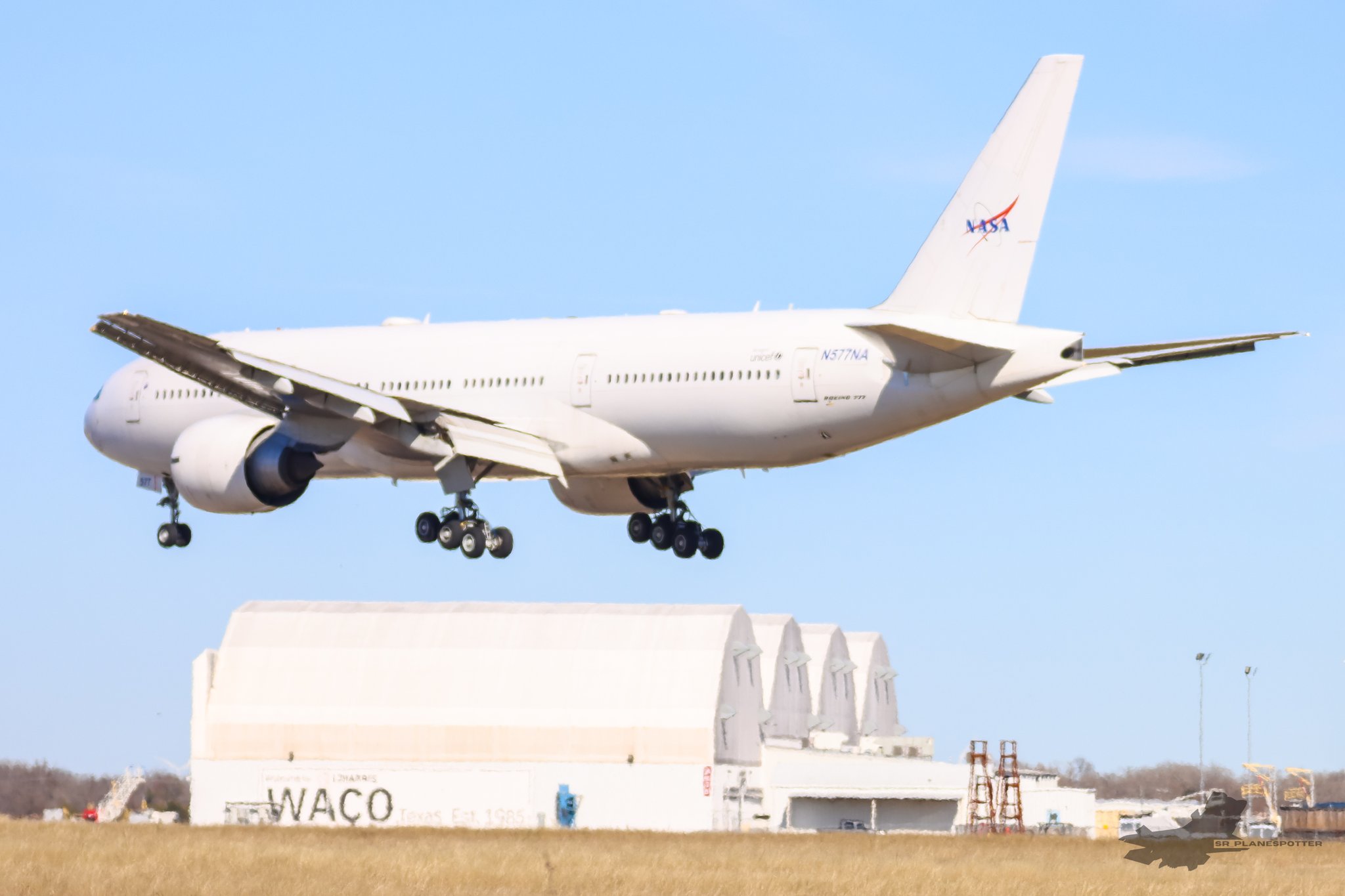
NASA says the 777 will be able to accommodate between 50 and 100 onboard operators, significantly more than the 45 researchers and flight crew that typically flew aboard the DC-8. At the same time, the 777 offers a useful payload of 75,000 pounds, compared with the 30,000 pounds of scientific instruments and equipment that the Douglas jetliner could haul aloft.
Using the DC-8, NASA was able to fly science missions typically lasting between six and 10 hours, although 12-hour missions were feasible. The 777 will have a mission duration of 18 hours, NASA says, although this will depend on the particular payload and weather conditions.
According to NASA, the 777’s modifications at the Langley Research Center included fitting new observation ports; power, data, and communications systems; and accommodation for instrument operators. Looking around the aircraft gives away few signs of modifications, although these may well appear once the next phase of work begins at Waco.
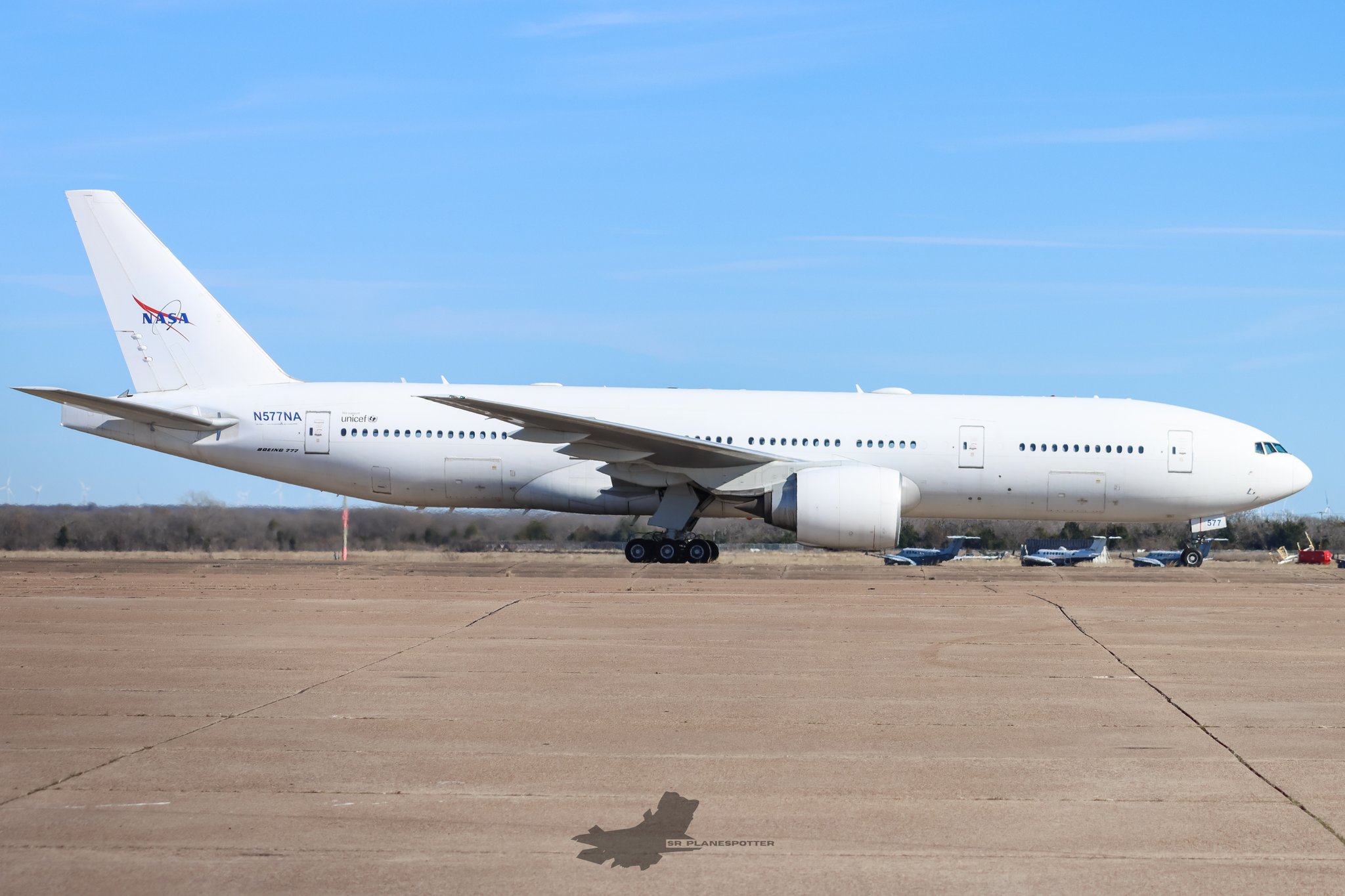
NASA’s previous DC-8 was outfitted with various instrument ports, including modified windows in which different sensors and probes could be mounted. Other antenna mounts could be carried externally, including on wing pylons. Meanwhile, the surface of the aircraft had additional optical windows, made of various materials, as well as sampling probes to take air and aerosol samples. The DC-8 also had a delivery tube for deploying unguided sensor pods, known as dropsondes.

NASA expects the modifications for the 777 to be completed by September 30 this year, after which the new research aircraft should undertake its first operations for the agency out of Langley.
While it surely lacks the charisma of the catfish-nosed DC-8, the 777 continues the modernization of NASA’s test aircraft fleet, which also saw the retirement of the Stratospheric Observatory for Infrared Astronomy, or SOFIA, a kind of flying telescope housed in an adapted Boeing 747SP, in 2022.
NASA’s new flying laboratory is set to be a more than capable successor to the DC-8 and, like its predecessor, should have a long career providing valuable data to federal and state authorities, as well as U.S. academic institutes and other scientists around the world.
Contact the author: thomas@thewarzone.com
